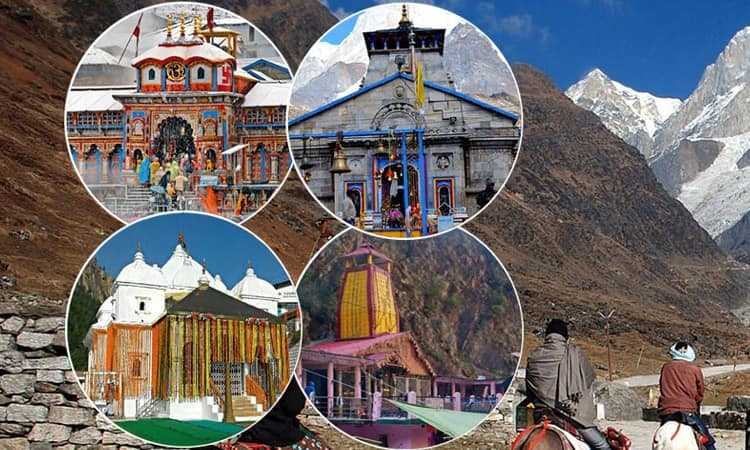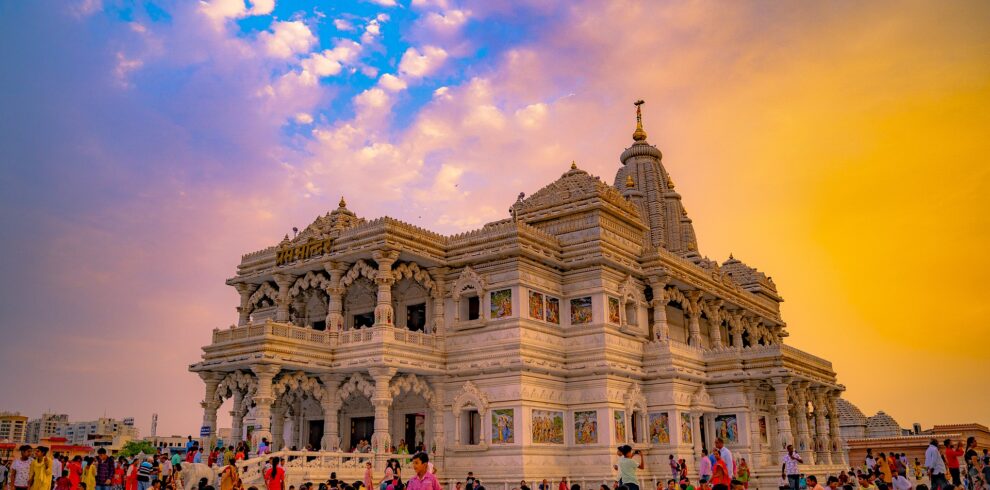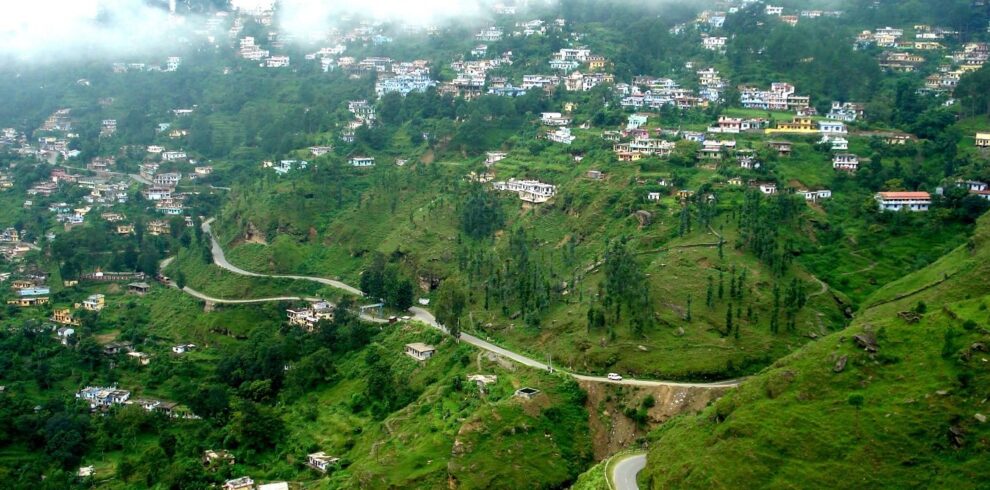The Char Dham Yatra: A Journey of Spiritual Significance
The Char Dham Yatra is one of the most revered pilgrimage circuits in India, encompassing four sacred sites nestled in the pristine heights of the Himalayas: Yamunotri, Gangotri, Kedarnath, and Badrinath are chardham yatra . Each of these temples holds immense religious significance and is visited by thousands of devotees each year, seeking spiritual solace and divine blessings. The pilgrimage, often starting from Haridwar, offers a blend of devotion, adventure, and an opportunity to experience the majestic beauty of the Himalayas.
1. Yamunotri: The Source of the Yamuna River
Char dham yatra Yamunotri, dedicated to the goddess Yamuna, is the first stop of the Char Dham Yatra. The temple is located in the Uttarkashi district of Uttarakhand at an elevation of approximately 3,293 meters (10,804 feet) above sea level. According to Hindu mythology, the Yamuna is the daughter of the Sun God, Surya, and the sister of Yama, the God of Death. Pilgrims believe that bathing in the waters of Yamuna at Yamunotri can cleanse their sins and protect them from an untimely death.
Journey to Yamunotri
The journey to Chardham yatra Yamunotri typically begins at Haridwar, moving through picturesque towns like Rishikesh and Dehradun before reaching the base camp at Janki Chatti. From Janki Chatti, pilgrims embark on a 6-kilometer trek to reach the Yamunotri temple. The trek, while challenging, is surrounded by breathtaking views of the Himalayan landscape, lush green valleys, and gushing streams.
Significance and Rituals
At Chardham yatra Yamunotri, the main deity is a black marble idol of the goddess Yamuna. Pilgrims perform various rituals including a holy dip in the hot springs known as Surya Kund, located near the temple. The Prasad, or holy offering, here is cooked by dipping rice and potatoes in the hot waters of the Surya Kund, which are then offered to the deity and later distributed among devotees.
2. Gangotri: The Abode of Goddess Ganga
The next stop on the Char Dham Yatra is Gangotri, the temple dedicated to the goddess Ganga. Situated at an elevation of 3,100 meters (10,200 feet) in the Uttarkashi district, Gangotri marks the origin of the River Ganges, which is considered the holiest river in Hinduism. The temple was built by the Gorkha commander Amar Singh Thapa in the early 18th century and stands near the site where it is believed that the Ganges descended to earth from the locks of Lord Shiva.
Journey to Gangotri
The pilgrimage to chardham yatra Gangotri continues from Yamunotri with a journey through the scenic landscapes of Uttarakhand. Pilgrims usually travel by road, passing through the beautiful town of Uttarkashi. From there, they continue to Gangotri, enjoying the mesmerizing views of the snow-clad peaks, dense forests, and the roaring Bhagirathi River.
Significance and Rituals
At chardham yatra Gangotri, the temple houses a white granite idol of Goddess Ganga. Pilgrims perform rituals and take a holy dip in the icy waters of the Bhagirathi River, which is believed to purify the soul. One of the key rituals is the Ganga Aarti, a grand ceremony held in the evening to worship the river. Many devotees also trek to Gaumukh, the actual source of the Ganges, located 19 kilometers upstream from Gangotri.
3. Kedarnath: The Sacred Jyotirlinga of Lord Shiva
Char dham yatra Kedarnath, one of the twelve Jyotirlingas and a sacred shrine dedicated to Lord Shiva, is the third stop on the Char Dham Yatra. Situated at an altitude of 3,583 meters (11,755 feet) in the Rudraprayag district, the Kedarnath temple is surrounded by the breathtaking Kedarnath range. According to legend, the temple was built by the Pandavas to atone for their sins after the battle of Mahabharata, and it is believed to be more than a thousand years old.
Journey to Kedarnath
From chardham yatra Gangotri, the journey to Kedarnath takes pilgrims through the town of Guptkashi and on to Gaurikund, the base camp for the trek to Kedarnath. The trek from Gaurikund to Kedarnath spans approximately 16 kilometers (10 miles) and is both arduous and awe-inspiring. Helicopter services are also available for those who prefer a quicker and less physically demanding option.
Significance and Rituals
The Char dham yatra Kedarnath temple houses a conical rock formation that is worshipped as the Sadashiva form of Lord Shiva. Pilgrims perform the Rudrabhishek ritual, a special prayer to Lord Shiva, seeking his blessings for prosperity and peace. The temple remains closed during the winter months due to heavy snowfall, and the deity is moved to Ukhimath, where it is worshipped during this period.
4. Badrinath: The Abode of Lord Vishnu
Chardham yatra Badrinath, dedicated to Lord Vishnu, is the final destination of the Char Dham Yatra. Located at an elevation of 3,300 meters (10,827 feet) in the Chamoli district, Badrinath is part of both the Char Dham and the smaller Chota Char Dham circuits. The temple stands on the banks of the Alaknanda River and is surrounded by the Nar and Narayan mountain ranges.
Journey to Badrinath
After visiting chardham yatra Kedarnath, pilgrims travel to Badrinath, passing through scenic locales such as Joshimath. The road journey offers spectacular views of the rugged Himalayan terrain, lush greenery, and charming villages. The nearest railway station is at Haridwar, and the closest airport is in Dehradun, making Badrinath accessible from major cities.
Significance and Rituals
The main deity at chardham yatraFreeYatra Badrinath is Lord Badrinarayan, a form of Vishnu, depicted in a meditative posture. According to legend, Adi Shankaracharya discovered the black stone idol of Lord Badrinarayan in the Alaknanda River and enshrined it in the temple. Pilgrims perform various rituals, including a holy dip in the Tapt Kund hot springs before entering the temple. The chardham yatra Badrinath temple also hosts numerous festivals, with the Mata Murti Ka Mela being one of the most significant, celebrating the descent of the Ganges.
Overview
The Char Dham Yatra is one of the most revered pilgrimage circuits for Hindus, comprising visits to four sacred temples located in the Indian Himalayas: Yamunotri, Gangotri, Kedarnath, and Badrinath. These shrines are situated in the northern Indian state of Uttarakhand and are collectively known as Char Dham, which translates to “four abodes.”




